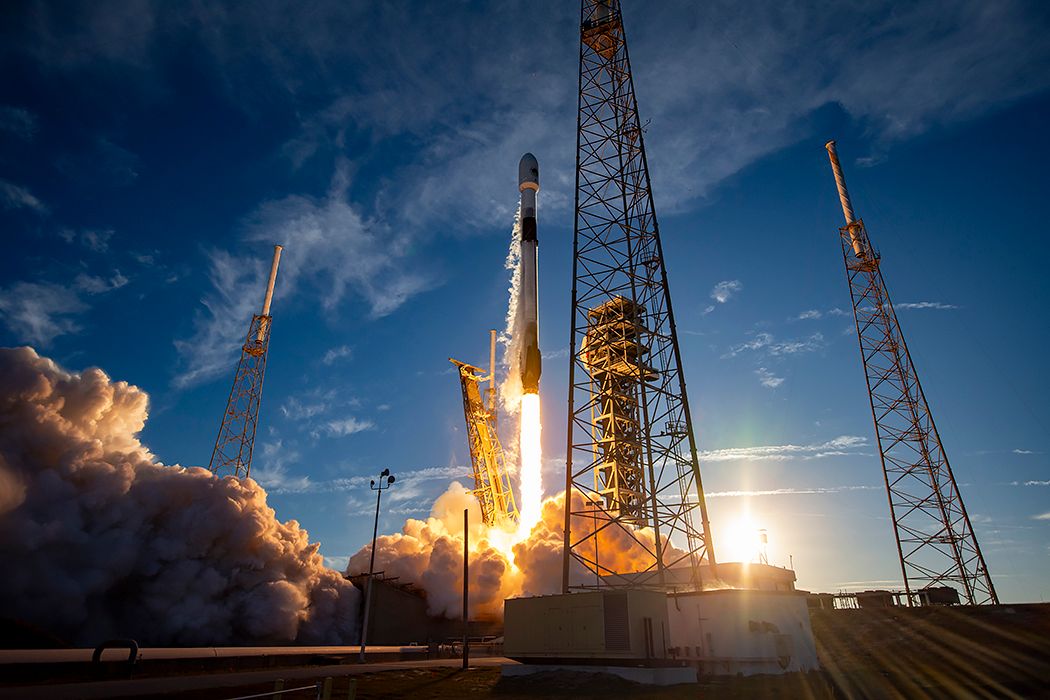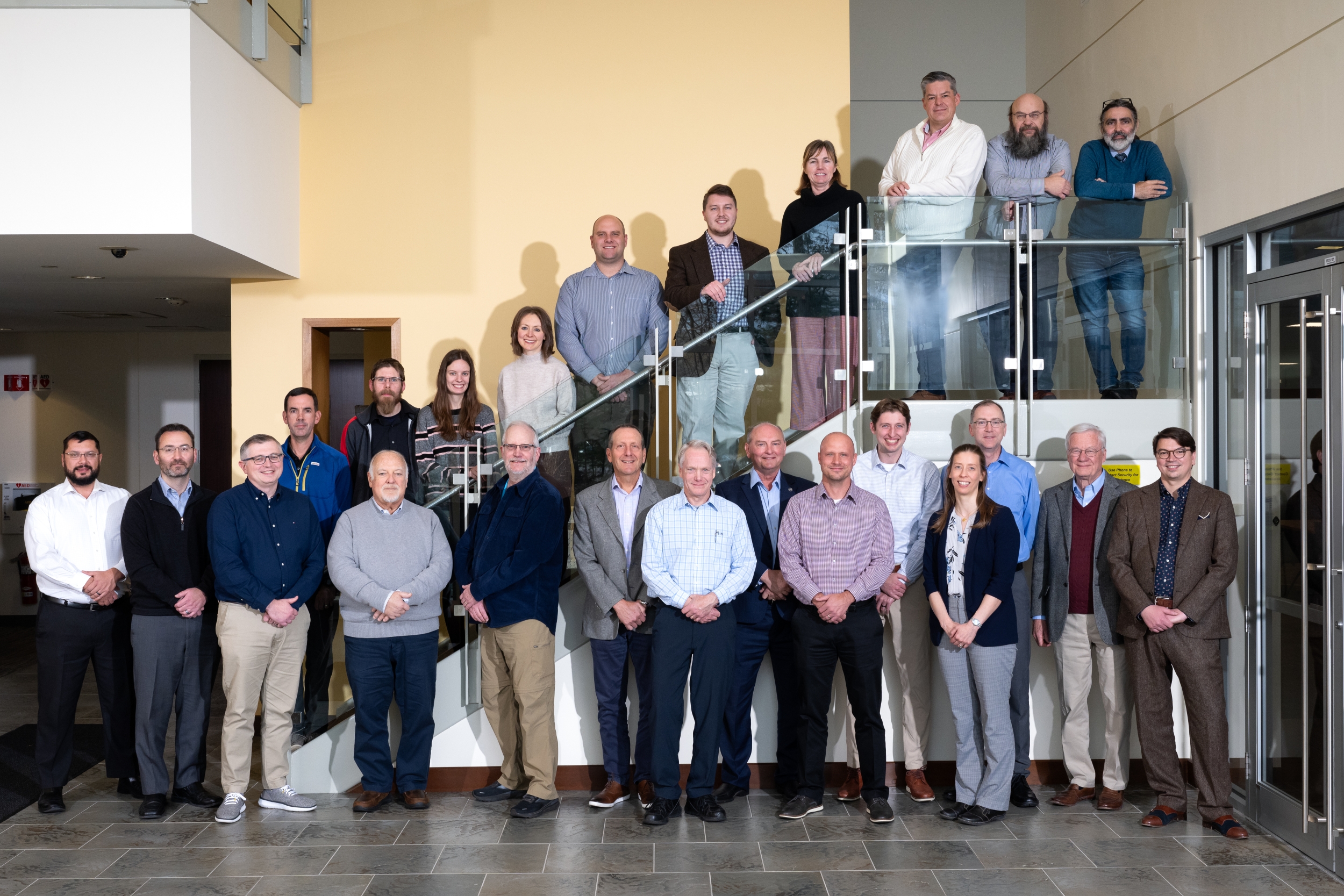Lincoln Laboratory supports Missile Defense Agency space sensor testing

Lincoln Laboratory has a long history of developing technologies for missile defense and space security. Now, the Laboratory is applying this expertise to lead a science team demonstrating two prototype space sensors designed to track advanced missile threats. The demonstration of these satellite-based sensors — developed through the Missile Defense Agency's (MDA) Hypersonic and Ballistic Tracking Space Sensor (HBTSS) program — will help inform the development of the Space Development Agency's (SDA) Proliferated Warfighter Space Architecture (PWSA). Under this next-generation layered architecture, a large network of interconnected satellites will provide capabilities for missile warning and tracking and global communications.
In February 2024, MDA and SDA launched six satellites into low Earth orbit. Four of these satellites complete the Tranche 0 Tracking Layer of SDA's PWSA; the remaining two satellites were developed through MDA's HBTSS program as a space sensor prototype demonstration for providing the fire-control-quality data required to defeat advanced missile threats. Building upon the successes and lessons learned from the HBTSS prototypes, SDA will advance the PWSA and proliferate fire-control capability into future operational tranches (successive deployments of additional satellites and new capabilities).
Now that the HBTSS satellites have completed initial testing and checkout, MDA and its defense contractor teams have begun a multiyear on-orbit test campaign. As HBTSS science team lead, Lincoln Laboratory is overseeing the planning of on-orbit experiments, collection of mission-relevant data, performance assessment of the prototype satellites, and evaluation of future constellation concepts.

To support MDA in this role, the Laboratory draws on many decades of experience in space-based sensor system development, including designing system concepts, assessing architectures, prototyping technologies, and demonstrating technologies in flight and ground tests. The Laboratory served in a similar role for MDA on its Near Field Infrared Experiment (NFIRE) space program from 2003 to 2015.
Erin O'Connor, an engineer in the Laboratory's Applied Space Systems Group and former NFIRE science team lead, was selected by the MDA to lead the HBTSS science team. O'Connor has played key roles in many R&D programs of the Laboratory's Space Systems and Technology Division and was previously a staff member in the Air, Missile, and Maritime Defense Technology Division. Both divisions and the Engineering Division are participating on the science team, with Laboratory team members including Jamie Burnside, Glenn Howe, Matthew McLaughlin, Steven Prutzer, Amy Raudenbush, Brian Roberts, and Elisheva Shuter. The science team also consists of staff from the Aerospace Corporation, Modern Technology Solutions, Inc., MITRE, and Space Dynamics Laboratory.
"I’m honored that the Laboratory was selected to lead this effort," O'Connor says. "Leveraging our cross-domain expertise and collaborating with the other science team organizations, we will test the prototype sensors to the limits of their capabilities. This testing will guide design enhancements to the HBTSS satellites for the nation's future space security architecture."
Related Links
- Press release: "MDA, SDA Announce Upcoming Launch of the Hypersonic and Ballistic Tracking Space Sensor and Tranche 0 Satellites"
- Press release: "MDA, SDA Confirm Successful Launch of the Hypersonic and Ballistic Tracking Space Sensor and Tranche 0 Satellites"
Inquiries: contact Ariana Tantillo.